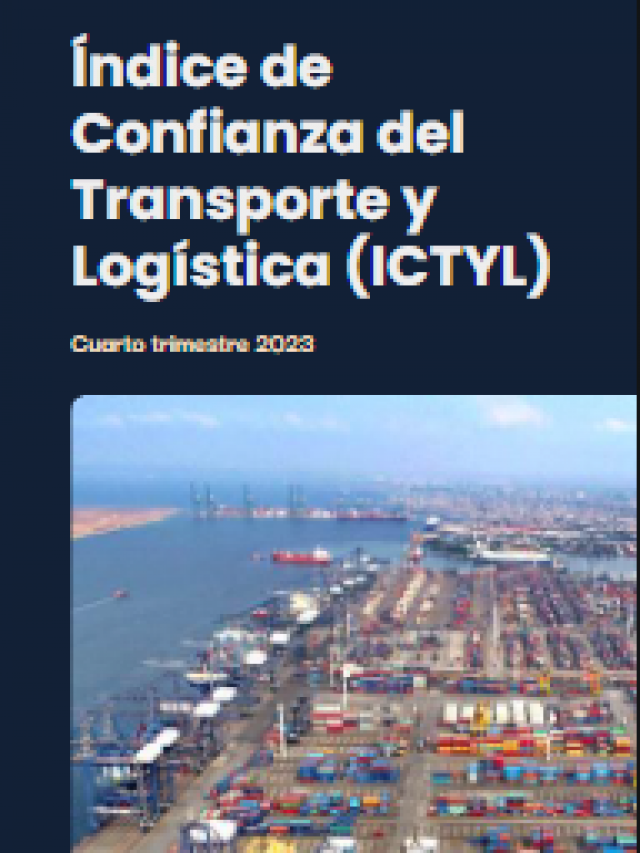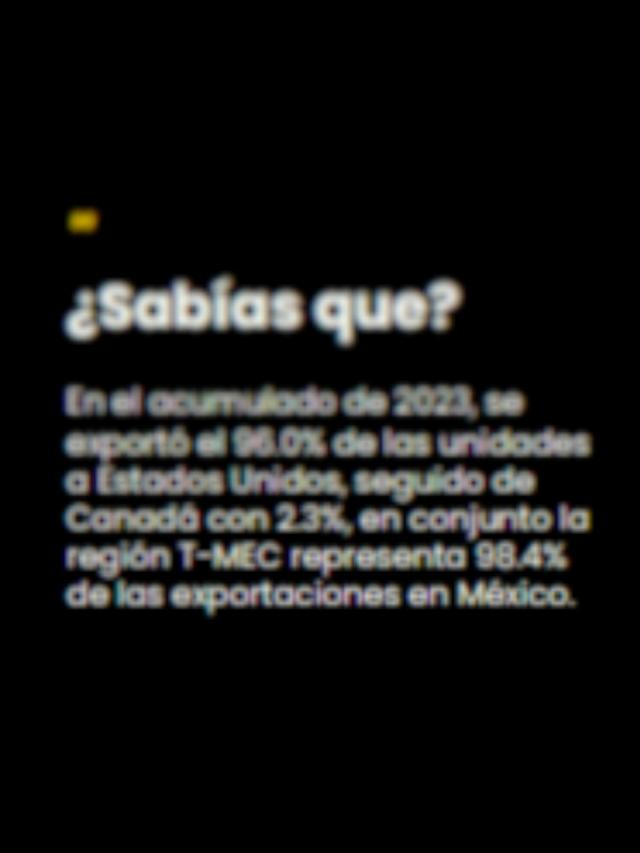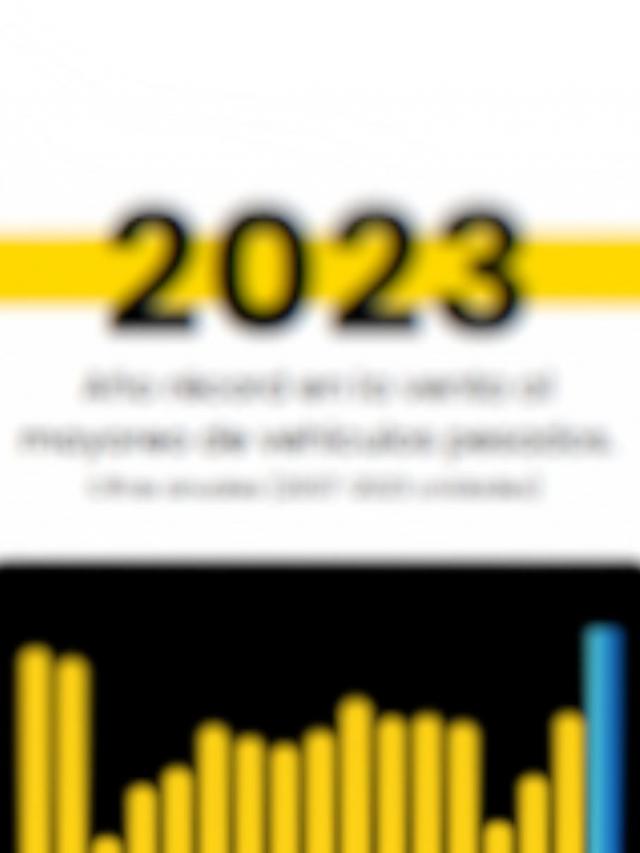
Knowing how to say “hello” and “bye” is no longer enough to operate on U.S. roads; the issue remains, as U.S. authorities continue to pressure truck drivers to master English .
Following U.S. President Donald Trump ‘s executive order last April requiring all truck drivers to demonstrate proficiency in English to drive on U.S. roads, U.S. Transportation Secretary Sean P. Duffy signed new enforcement guidelines on May 20.
As if it were a reality show where contestants must meet extreme requirements in record time, the United States will require all commercial trucking operators crossing the border to demonstrate a genuine command of English, or face being “out -of- service” starting June 25.
The new guidance requires heavy commercial vehicle drivers to be able to read and understand traffic signs, communicate with authorities, and understand regulatory documents in English, posing a direct challenge to Mexican operators who frequently cross the border.
In February 2025, cross-border trade between Mexico, the United States, and Canada reached $131.6 billion , a 2.1% increase year-over-year. Of this total, trucking moved $86.6 billion in merchandise , representing 3.9% annual growth, according to the Bureau of Transportation Statistics (BTS) .

This growth demonstrates the importance of trucking in international trade, especially for Mexico, which plays a key role in cross-border trade.
The challenge begins! Are you ready?
But as in every reality show , there are good challenges and others not so good. Some industry players told T21 that this measure could be a challenge to promote training , to maintain competitiveness at an international level, but others also see it as an opportunity to reduce the shortage of operators in Mexico .
With such a crucial market at stake, any measure affecting trucking operators , such as requiring English proficiency in the United States, could impact Mexico’s competitiveness in cross-border trade and could also have significant repercussions on the daily operations that maintain the steady flow of goods.
This decision, which reverses the Obama administration ‘s 2016 policy that relaxed language requirements, underscores a core belief of the Trump administration: “English proficiency is essential for traffic safety,” according to the press release and the measure published by the United States.
For the United States, this represents a step toward reducing accidents caused by a lack of communication between drivers and authorities. But the question remains: How will this measure affect Mexican operators who depend on cross-border trade connections to operate in the United States?
With more than 99,000 operator vacancies in Mexico registered in 2024 , according to the International Road Transport Union (IRU) , the new US measure could somewhat reverse the shortage of drivers in Mexico , since there are operators who, not mastering English before June 2025, will be left filling vacancies in Mexican territory.

The measure will primarily affect all commercial drivers operating in the United States, including those with foreign licenses or B-1 and H-2B visas . This new guidance will be implemented throughout the United States by federal and state inspectors, implying a widespread reach.
Likewise, Mexican companies must act quickly to ensure their operators comply with the new requirements. Verification of English proficiency and specialized training will be essential to avoid sanctions and ensure competitiveness in the cross-border market.
While this measure represents a challenge for the sector, it could also benefit it, as by excluding operators who don’t meet English requirements, it could open up new opportunities for Mexican drivers to fill those vacant positions, helping to reduce the operator shortage in Mexico.
Comment and follow us on X: @karinaquintero /@GrupoT21















